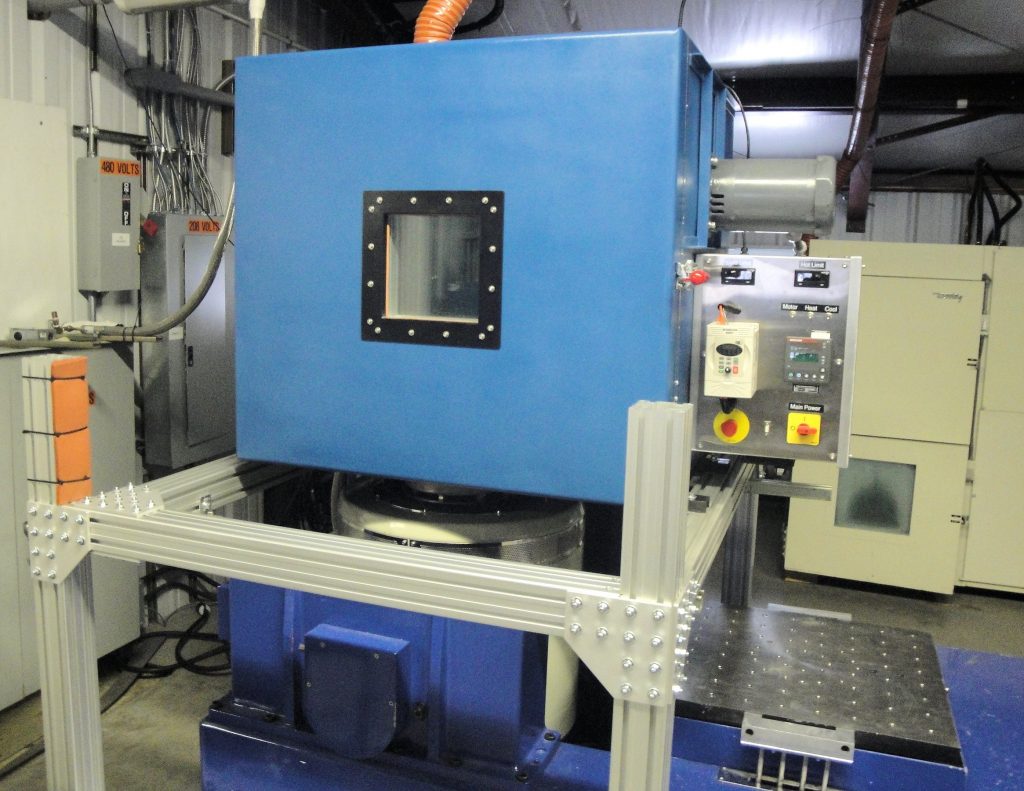Beyond the Limits – The Power of Shock and Vibe Testing in Quality Assurance
In the dynamic landscape of modern engineering and manufacturing, ensuring the reliability and durability of products is paramount. As technology continues to advance and consumer expectations rise, quality assurance has become an indispensable aspect of product development. Among the various methodologies used, shock and vibe testing has emerged as a powerful tool that pushes the boundaries of traditional quality assessment. Shock and vibe testing involves subjecting a product to rigorous and controlled mechanical stress by simulating real-world conditions, such as transportation, impacts or vibrations experienced during operation. The goal is to assess how well a product can withstand these external forces, identify weaknesses and optimize its design for enhanced performance and safety. While the concept of subjecting products to extreme conditions is not new, the growing complexity and miniaturization of products make traditional testing methods insufficient.

The power of shock and vibe testing lies in its ability to mimic real-world scenarios with precision. By replicating the stresses and strains products encounter in the field, manufacturers can validate their designs and improve upon them before release. This proactive approach significantly reduces the likelihood of costly recalls, warranty claims and, most importantly, potential hazards to end-users. Furthermore, it allows engineers to uncover latent defects that may not manifest under ordinary conditions but could be catastrophic in critical applications. In the aerospace and automotive industries, shock and vibe testing have become indispensable. Aerospace components, subjected to extreme forces during take-offs, landings and turbulent flights, must endure without fail. Similarly, vehicles must withstand bumpy roads, potholes and sudden collisions to ensure passenger safety. By incorporating shock and vibe testing, manufacturers in these sectors can achieve compliance with strict regulatory standards and elevate customer trust. The benefits of shock and vibe testing are not limited to safety and reliability. It also paves the way for innovation and optimization. Engineers can experiment with novel materials, designs and manufacturing processes, confident that any modifications are rigorously evaluated. As a result, products can be made lighter, more efficient and cost-effective without compromising performance.
To execute shock and vibe testing effectively, specialized equipment and expertise are necessary. Highly calibrated shakers and accelerometers, capable of generating precise vibrations and impacts, are employed and you could check here https://atslab.com/vibration-testing/shock-and-vibe-testing/. Additionally, data acquisition systems meticulously record and analyze the product’s response during testing, providing engineers with valuable insights into its behavior. In conclusion, shock and vibe testing have transcended conventional quality assurance methods, ushering in a new era of product development and reliability. Its ability to replicate real-world conditions, identify weaknesses, ensure safety and foster innovation has made it an indispensable tool for industries striving to create cutting-edge, dependable products. By subjecting their creations to extreme yet controlled conditions, manufacturers can confidently deliver products that not only meet but exceed customer expectations. As technology continues to evolve, shock and vibe testing will remain at the forefront of quality assurance, propelling industries towards a future of unparalleled performance and durability.